Markets
Which metal had the worst performance in 2016?
Uranium ended the year down 41%! The nuclear sector spent much of 2016 continuing its six-year decline that began with the Fukushima Daiichi disaster. But even there, a bright spot emerged beginning in November 2016, when uranium prices embarked on an epic rally, gaining 50% in just 3 months.
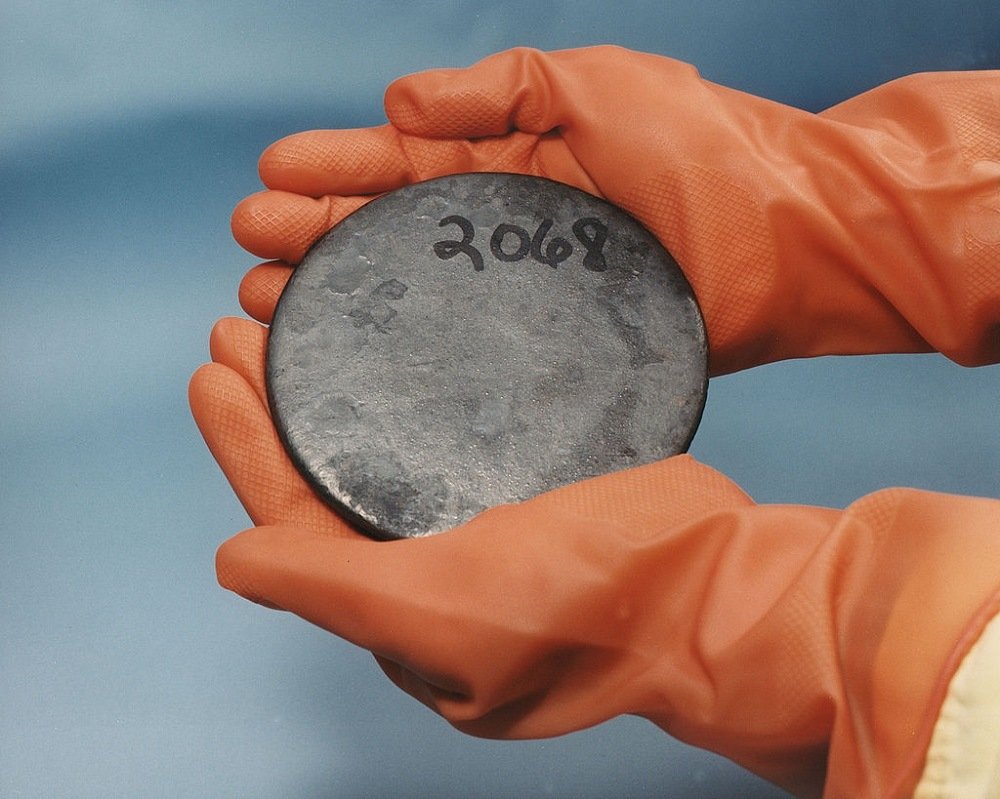
2016, in general, was a good year for the metals market. But some metals had a great performance, while others not so much. So, which metal performed the worst in 2016?
Precious metals get hammered starting out the week/Reuters:
U.S. Congressional negotiators hammered out a bipartisan agreement on a spending package to keep the federal government funded through Sept. 30, averting a government shutdown and dampening demand for non-interest paying bullion.
U.S. construction spending unexpectedly fell in March from a record high, government data showed, while the Institute for Supply Management (ISM) manufacturing employment index came in at the lowest since October.
Gold took out the 200-day moving average hitting long resting stop orders below the market.
Mid-week trivia question:
Which metal put in the worst performance for 2016?
Fear of regulation causes big swings in London’s silver benchmark/Reuters:
The London Bullion Market Association (LBMA) is struggling to find new operators to manage the daily silver “fix” price. Thompson-Reuters and the CME Group – which operate the COMEX exchange – are withdrawing from their role in establishing the daily benchmark price.
The process these firms manage was set up in recent years to replace the antiquated and corruption-prone system by which insiders formerly set the daily silver price.
A handful of bankers used to agree on the price during a private conference call held each day. When damning evidence emerged that bankers often cheated by setting prices to their own advantage, the LBMA finally decided to try something different.
The new system is running into challenges of its own. There aren’t enough participants and the daily “fix” price often diverges significantly from “spot” prices being set in futures exchanges such as the COMEX. Firms who rely on the London benchmark often feel disadvantaged and increasingly look to use “spot” prices instead.
Gold non-commercial positions/CFTC:
Large speculators and traders increased their net bullish positions in the gold futures markets last week for a sixth consecutive week and to the highest level since November, according to the latest Commitment of Traders (COT) data released by the Commodity Futures Trading Commission (CFTC) on Friday. The non-commercial futures contracts of COMEX gold futures, traded by large speculators and hedge funds, totaled a net position of 200,677 contracts in the data reported through April 25th. This was a weekly gain of 4,909 contracts from the previous week which had a total of 195,768 net contracts. Gold speculative bullish bets are now above the +200,000 level and at the highest level since November 8th when net bullish positions totaled +217,238 contracts.
Silver comment from Peter Krauth/Mining.com:
Commitment of Traders (COT) reports have been showing “smart money” hedgers as very bearish, while traders have reached an all-time extreme bullish stance. Since big “smart money” investors typically put more money in the market than individual traders, the former have a bigger influence on the price. That means their more influential bearish positions strongly suggest short-term silver prices will continue to weaken from here, while traders will bet on the possibility of a bounce.
Catalytic converter market worth 55.16 billion USD by 2021/SBWire:
The report “Catalytic Converter Market by Type (Three-way Catalytic Converter, Selective Catalytic Reduction, Diesel Oxidation Catalyst, and Lean NOx Trap), Material (Platinum, Palladium, Rhodium), Region, and Aftermarket by Region – Global Forecast to 2021”, The catalytic converter market is projected to grow at a CAGR of 8.05%, to reach a market size of USD 55.16 Billion by 2021. The catalytic converter market is primarily driven by the stringent emission regulations, increasing vehicle production, and vehicle parc.
Freak copper price jump has analysts scratching their heads/Mining.com:
The copper price had its best day in a month, but commodity analysts were at a loss to explain why. The red metal shot up over 2.5% this morning with July copper futures reaching $2.69 a pound, the highest they’ve been since April 5.
The jump could be explained by the fact that workers today at Freeport-McMoRan’s (NYSE: FCX) Grasberg mine rallied ahead of an expected month-long strike. The miners at the world’s second largest copper mine are protesting layoffs. The company has laid off about 10% of its Grasberg workforce due to a contract dispute with the government.
A strike could affect the supply of copper in a year that has already seen several labour-related interruptions.
Base metal usage in the EU stays strong/The Street:
Europe’s factories are running at their fastest pace in six years, according to a benchmark survey of private sector activity, as the sector powers ahead and drives the region’s burgeoning recovery.
The IHS Markit Manufacturing Sector PMI reading for April was marked at 56.7, modestly lower than the preliminary estimate of 56.8 but firmly ahead of the 50-point level that generally separates growth from contraction. The survey indicated that output, new orders and job create rates were all hovering around six-year highs, as well, while end-point selling prices remaining close to the multi-year highs recorded in March.
Pete’s Corner
The Central States Numismatic Show went very well. Not the best show ever but certainly not the worst as far as sales go as it seemed to be steady in trade and sales. I was lucky enough to speak with Bob Campbell at his booth and catch up with our former President of the ANA. Kathy McFadden & Beth Deisher of the Industry Council for Tangible Assets (ICTA) attended the show. I had the opportunity to discuss some of the important work they are doing on behalf of our industry.
The Santa Fe Symposium: The next show we do is the Santa Fe Symposium on May 21-24 in Albuquerque, New Mexico. Jason Parsons, AVP, Zaner Precious Metals, will be demonstrating how Tornado will protect the Jewelry Dealers from exposer due to price swings.
The calm before the storm; FOMC meeting on deck/Jim Wyckoff:
The markets’ data-point highlights of the week are the Federal Reserve’s Open Market Committee (FOMC) meeting that began Tuesday morning and ends Wednesday afternoon with a statement right around the time I go to press, and Friday morning’s U.S. jobs report from the Labor Department. No change in U.S. monetary policy is expected at this week’s FOMC meeting. However, as usual, the wording of the FOMC statement released early Wednesday afternoon will be parsed for any clues on future U.S. monetary policy moves.
On June 14, 2016, Ohio governor John Kasich signed into law SB 172, which provides for a sales-tax exemption on rare coins and precious-metals bullion. The new law will take effect on January 1, 2017. Ohio becomes the 34th state to have a complete or partial sales-tax exemption on the retail sales of rare coins, paper money, and precious-metals bullion.
“We’ re taking a moment to celebrate the victory in Ohio, but that’s only one front in the fight to promote a robust coin industry. We have a lot of work to do throughout the country, and we need dealers to join us in that fight,” said ICTA executive director Kathy McFadden.
On this note, rumors abound that Scott Spitzer of MTB is considering the possibility of offering his talents to the ICTA. I have known Scott for many years and I can tell you his knowledge of the metals market, coupled with his strong background in the law, will make him nothing short of a tremendous asset for all of us in the metals market. Fingers crossed that he opts to help as his skills will truly help the industry.
Triple silver-coated building glass saves energy, looks beautiful/The Silver Institute:
During the nineteenth century, an effective method of coating silver onto glass was discovered
`There is a modern-day version of this technology all around us, yet few people are familiar with it. Hundreds of millions of square feet of silver-coated glass are used in buildings worldwide each year. There are two key reasons for this. From an environmental perspective, the transparent coating of silver gives the windows the ability to both reflect hot summer sun and retain internal heat. This permits easier climate control within larger buildings, thus minimizing energy usage. Also, from an esthetic perspective, silver provides an attractive hue popular with architects and building inhabitants alike
Mid-week trivia answer:
Uranium ended the year down 41%! The nuclear sector spent much of 2016 continuing its six-year decline that began with the Fukushima Daiichi disaster. But even there, a bright spot emerged beginning in November 2016, when uranium prices embarked on an epic rally, gaining 50% in just 3 months.
—
DISCLAIMER: This article expresses my own ideas and opinions. Any information I have shared are from sources that I believe to be reliable and accurate. I did not receive any financial compensation in writing this post, nor do I own any shares in any company I’ve mentioned. I encourage any reader to do their own diligent research first before making any investment decisions.
Featured Image by United States Department of Energy via Wikimedia Commons

-
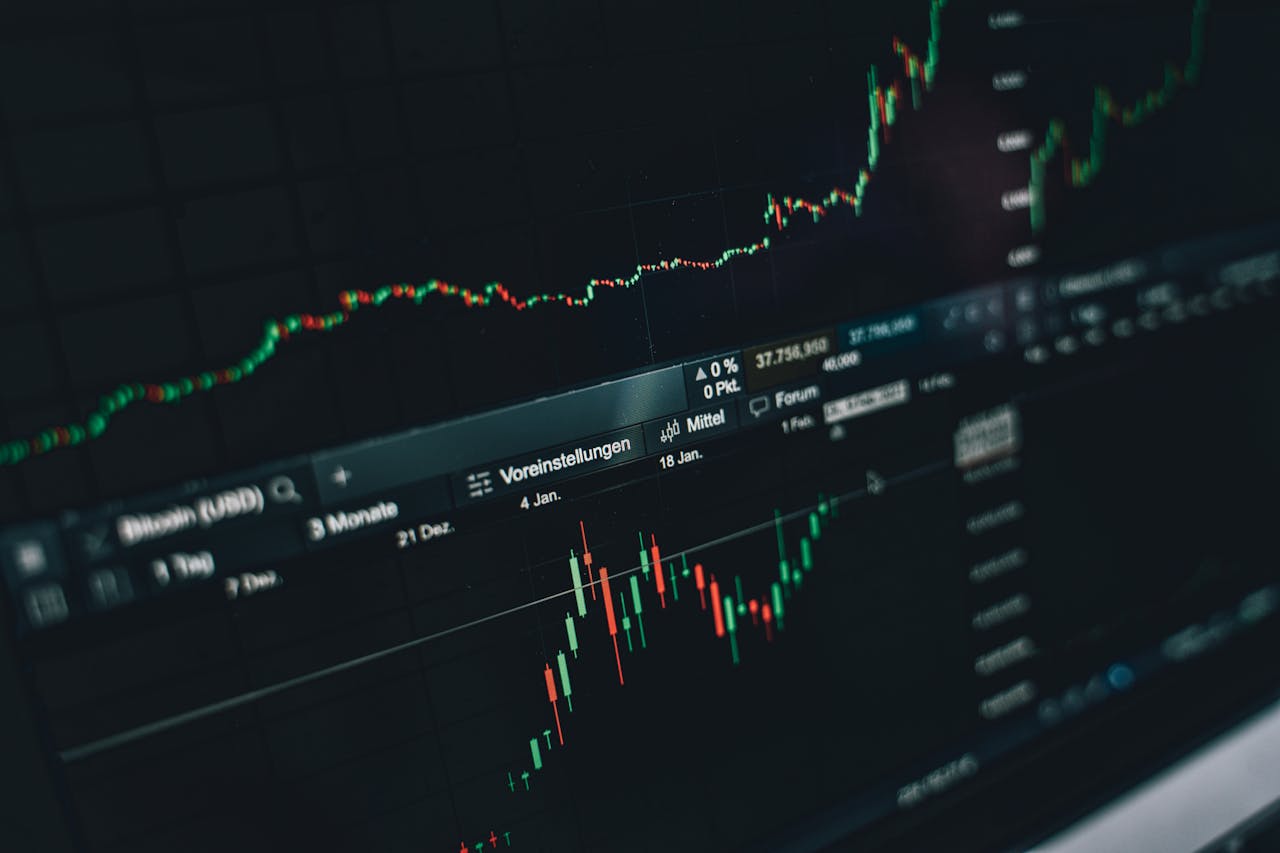
 Fintech2 days ago
Fintech2 days agoRipple and Mercado Bitcoin Expand RWA Tokenization on XRPL
-
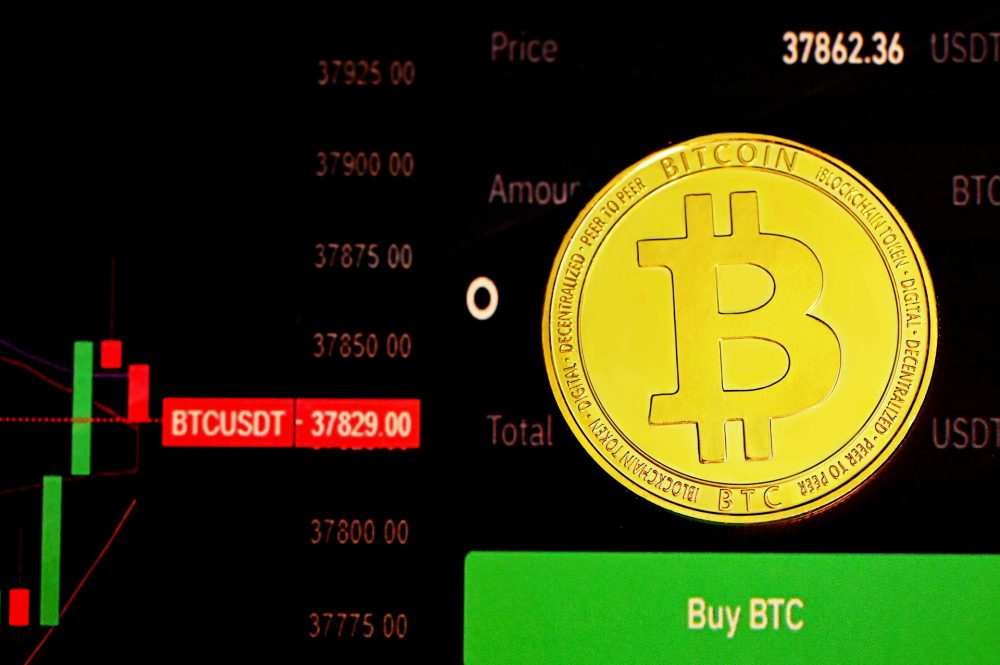
 Crypto1 week ago
Crypto1 week agoBitcoin Traders on DEXs Brace for Downturn Despite Price Rally
-
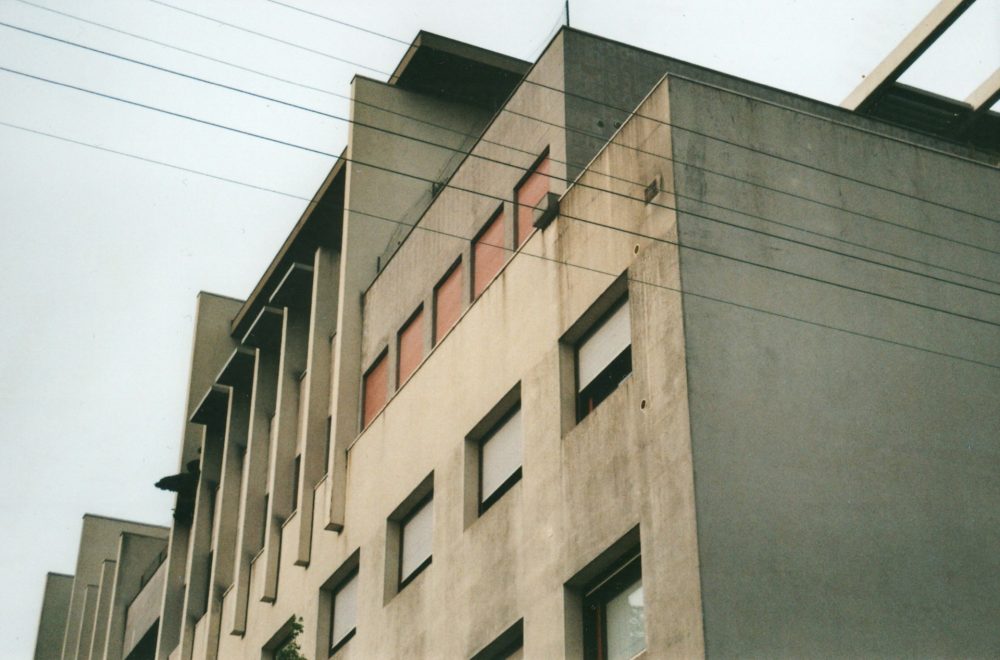
 Crowdfunding1 week ago
Crowdfunding1 week agoFrom Confiscation to Cooperation: Funding Casa de la PAZ’s Social Transformation
-
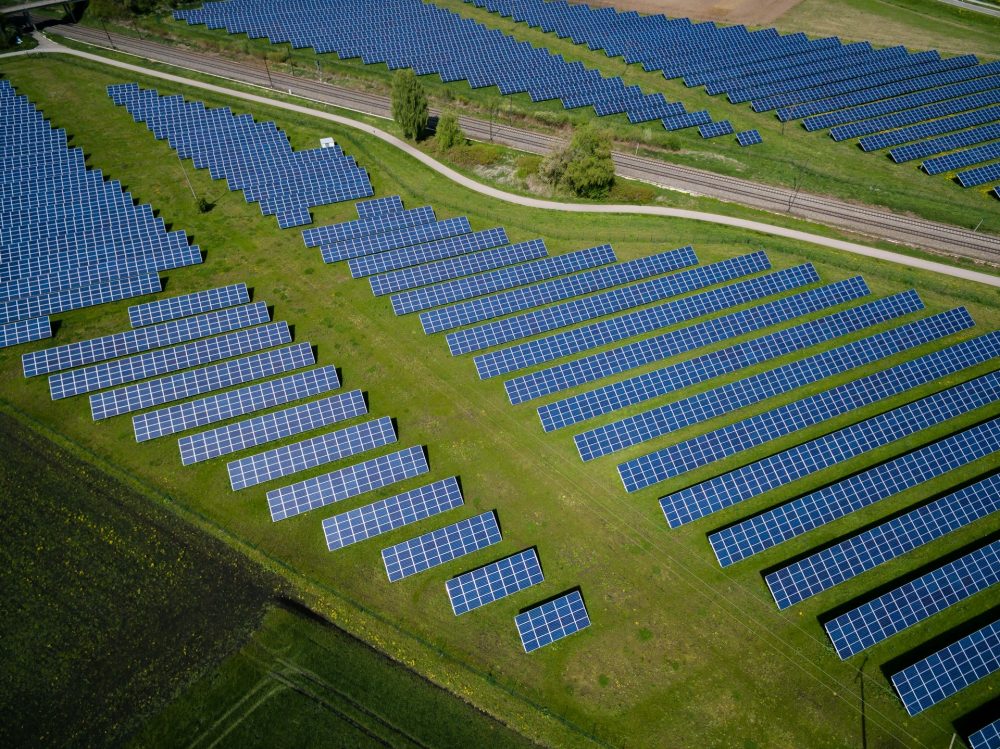
 Impact Investing2 weeks ago
Impact Investing2 weeks agoGlobal Energy Shift: Record $2.2 Trillion Invested in Green Transition in 2024






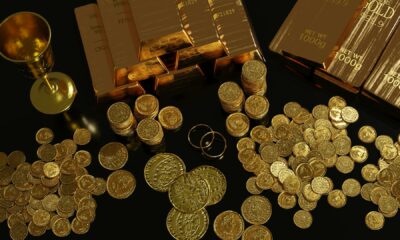

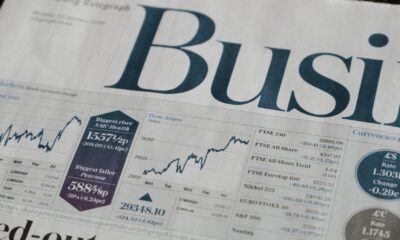









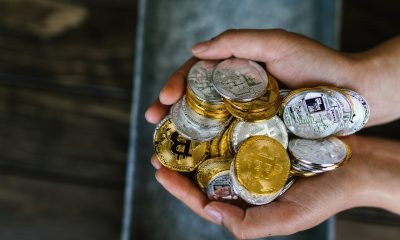







You must be logged in to post a comment Login